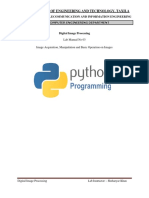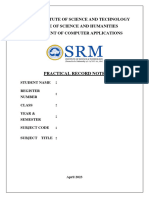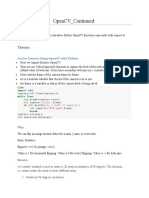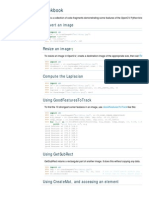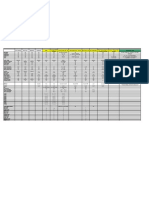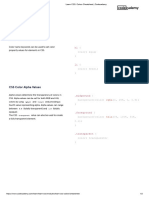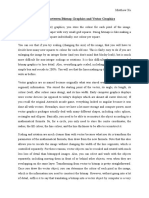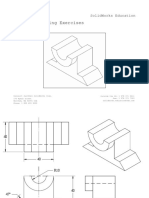0% found this document useful (0 votes)
38 views18 pagesOPENCV Lab1
The document provides an introduction to OpenCV, detailing its capabilities for computer vision and image processing, along with exercises for practical application. It includes instructions for creating a chessboard, designing the letter 'B', rotating images, and manipulating pixel values in images using Python and OpenCV. The document serves as a lab session guide for students to learn and apply OpenCV techniques.
Uploaded by
jeevanthejas7Copyright
© © All Rights Reserved
We take content rights seriously. If you suspect this is your content, claim it here.
Available Formats
Download as PPTX, PDF, TXT or read online on Scribd
0% found this document useful (0 votes)
38 views18 pagesOPENCV Lab1
The document provides an introduction to OpenCV, detailing its capabilities for computer vision and image processing, along with exercises for practical application. It includes instructions for creating a chessboard, designing the letter 'B', rotating images, and manipulating pixel values in images using Python and OpenCV. The document serves as a lab session guide for students to learn and apply OpenCV techniques.
Uploaded by
jeevanthejas7Copyright
© © All Rights Reserved
We take content rights seriously. If you suspect this is your content, claim it here.
Available Formats
Download as PPTX, PDF, TXT or read online on Scribd
/ 18
















